Little more than twelve months after we passed the 20,000 active LIRs mark, the number of LIR accounts reached a new milestone on 2 October 2019. As the number of available IPv4 addresses in our pool dropped to 3 million, applications for new LIRs exploded. In July alone, we saw a record number of 788 new accounts being activated. At this new milestone, we once more look back at the historical developments, report on the run-out of available IPv4 and share some some insights on what the future might bring for our membership numbers.
LIR growth
As mentioned in earlier articles, the depletion of IPv4 on a global scale and the activation of the RIPE policy for the last /8 seven years ago on 14 September 2012, triggered a new phase in the growth of our membership. Organisations which in a world of plenty would have obtained addresses from their provider or would have applied for Provider Independent (PI) addresses via a sponsoring LIR, now joined the RIPE NCC to obtain a final /22 allocation directly. In addition, as IPv4 addresses remain in high demand, an increasing number of members opened additional LIR accounts to get extra /22 allocations.
With some fluctuations, the long term trend over the years 2013-2019 was a steady increase in the number of new LIRs activated in each quarter. Figure 1 below illustrates this. However, in the last three months, July to September, new LIR applications have skyrocketed to unprecedented levels, breaking away markedly from the long term trend. Almost 2,200 accounts were activated over this period, compared to 1,524 in the second quarter of 2019. In total, 6,460 LIRs have been activated since we reached the 20,000 LIR mark on 25 September 2018. The net growth is "only" 5,000 because in this same time period 1,460 other LIRs were deactivated. Most were closed on request, after transferring their resources, others were closed by the RIPE NCC for reasons of non-payment or, in some cases, for providing fraudulent or misleading information (much rarer).
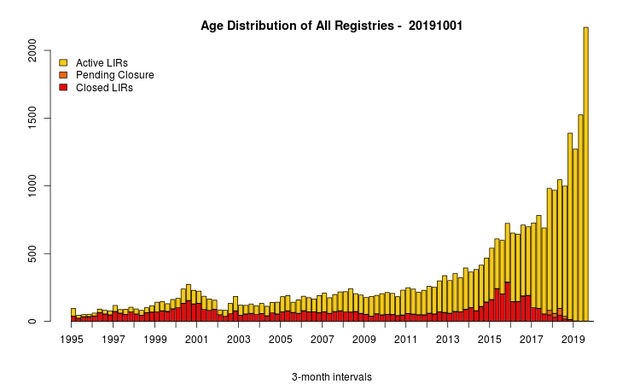
Figure 1: Evolution of LIR sign-up rates in the past 25 years. The height of each bar represents the total number of LIRs that signed up in each quarter. The red part indicates the fraction of LIRs which joined in that quarter but have since been closed.
Figure 1 also illustrates how many of the LIRs, which signed up in the past, have closed in the course of time. Some organisations went out of business, others merged with or were acquired by other LIRs and, in recent years, some were closed for providing false information.
Figure 2 below takes a closer look at these closures. It shows the percentage of LIRs for each quarter that are now closed. For LIRs that joined in the years 1996-2012, before the last /8 policy came into effect, we can see a clear, inverse relation: the older the LIR, the higher the chances it has closed. This is the natural attrition of the membership. For LIRs that signed between 2013 and 2017, however, closures are higher than one would expect from extrapolating that trend. The peak is at the fourth quarter of 2015, from which 40%, 287 out 723 LIRs, are no longer active. This is a direct effect of members opening multiple LIRs. When the two-year holding period on new allocations, required by the IPv4 policy, expires, members can merge any additional LIRs with their primary LIR, or transfer the allocation to someone else and close the account.
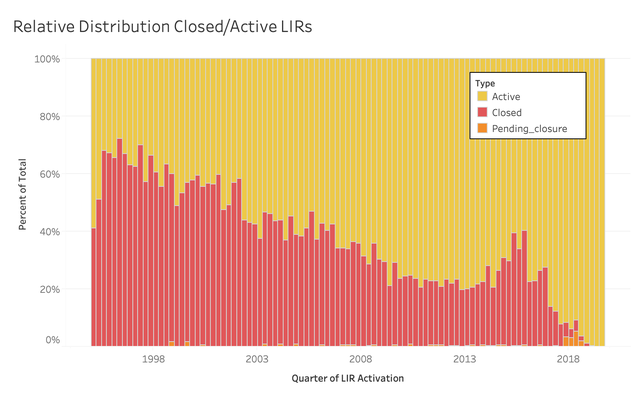
Figure 2: Percentage of LIRs closed/active in relation to the total activated each quarter
Members vs LIRs
When the policy proposal to adopt special rules for the last /8 of IPv4 was being discussed by the RIPE community, we pointed out in our impact analysis that organisations with multiple LIRs could request a final /22 for each LIR. However, it was not until 2015 that some began to use this path on a large scale. In November that year, our board passed a resolution which temporarily suspended creation of additional LIR accounts by members.
As a next step, we provided an analysis of the situation. However, in the months which followed, it was also noticed that people had begun to circumvent the freeze on additional accounts by creating new legal entities, solely for the purpose of acquiring extra IPv4. Weighing the pros and cons, the RIPE NCC membership decided in May 2016 to again allow existing members to open additional LIRs. The idea was that it was better to have a clear record of who our members are and which are additional accounts rather than have these extra LIRs come in via the backdoor, disguised as, at least on paper, new members.
Three years later, additional LIR accounts account for more than 20% of total active LIRs. While the number of LIRs now exceeds 25,000, the number of members sits just below the 20,000 mark, at 19,800. A total of 1,375 members are responsible for these 5,200 extra accounts. Figure 3 shows how the additional accounts are distributed over the members. Most have one or two extra accounts, but the distribution has a heavy tail. At the far end, one member has 69 additional LIR accounts with the RIPE NCC.

Figure 3: Additional LIR accounts per RIPE NCC member
Implications for IPv4
Reaching the 25,000 LIR mark, the number of IPv4 addresses left in our available pool is about one million. Until this summer, the growth in allocated IPv4 was reasonably well described by a quadratic model, as shown in Figure 4. As new LIRs are the predominant recipient of final /22 allocations, growth in allocated IPv4 basically reflects the growth in LIR accounts over time. For quite a while, the model pointed consistently at run-out of the free pool in the May/June 2020 time frame. However, with the explosion of requests in recent months, actual growth in allocated addresses now exceeds the modeled growth by more than a fair margin. A better estimate now is to take the average growth in the last three months and use that to calculate the exhaustion date. That suggests a remaining life time of approximately six to seven weeks. Only 50 contiguous /22 were left in the pool at the moment the 25,000th LIR was activated, and as we announced yesterday, the bulk of the allocations to be made in the next weeks will consist of smaller fragments, /24s and /23s, that will be added together to provide a total of 1,024 addresses (the equivalent of a /22).
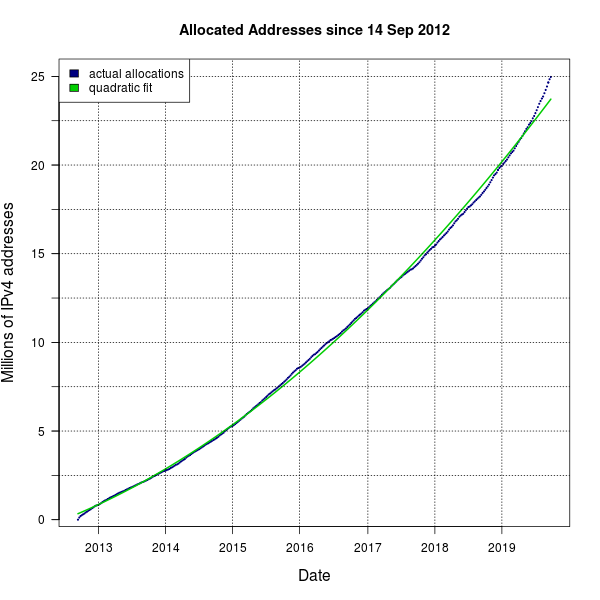
Figure 4: Allocated IPv4 addresses over time
We will continue to recover IPv4 addresses for some time after the available IPv4 pool is empty. The IPv4 policy instructs us to continue allocating these addresses to LIRs via a waiting list, on a first-come, first-served basis. The policy also reduces the allocation size to a /24, so these will be smaller blocks.
Apart from the one million addresses in the available pool, the /13 reserved for temporary assignments, and the address space reserved for IXP assignments, we currently have 390,000 IP addresses marked as "reserved" in our pool. These are addresses that were deregistered when members were closed. We keep these addresses in quarantine for six months before they become available for reallocation. Depending on the exact timing of run-out, some may come back in time to be allocated as a /22 under the old policy; the largest part, however, will be subject to the amended IPv4 policy, when they transition from reserve to available. By the middle of next year, this initial set of addresses may have provided 1,500 new LIRs with a /24 allocation.
What happens afterwards is difficult to predict. Figure 5 illustrates how the pool of recovered addresses grew to 9.3 million in about 5 years, between 2013-2018. Half of this address space came from IANA, the other half from recovered RIPE NCC allocations and assignments. We cannot know in advance how much space will come back in a given year, but it is fair to assume there will always be a trickle coming back when members do not pay the yearly invoice and repeated attempts to contact them about that have failed. However, even with the reduction of the allocation size from a /22 to /24 (256 addresses), it is highly unlikely the RIPE NCC will be able to help thousands of LIRs to an allocation each year.
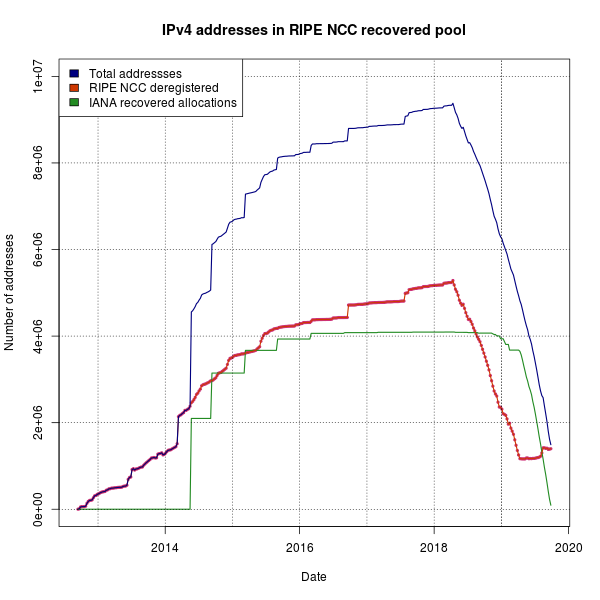
Figure 5: IPv4 addresses in the RIPE NCC recovered pool
Evolution of the membership
As Figure 6 illustrates, most of the LIRs which signed up in the last 12 months, received a /22 IPv4 allocation. A substantial part got IPv6 next to the IPv4 allocation, primarily because the RIPE NCC continues to promote IPv6 with its members. However, our measurements show us that not too much is done with these IPv6 allocations. The per country IPv6RIPEness levels, for example generally show small percentages of 4-star RIPEness. Only very few organisations join the RIPE NCC specifically for IPv6 resources. just ten of the recent 6,460 LIRs that joined have an IPv6 but no IPv4 allocation.
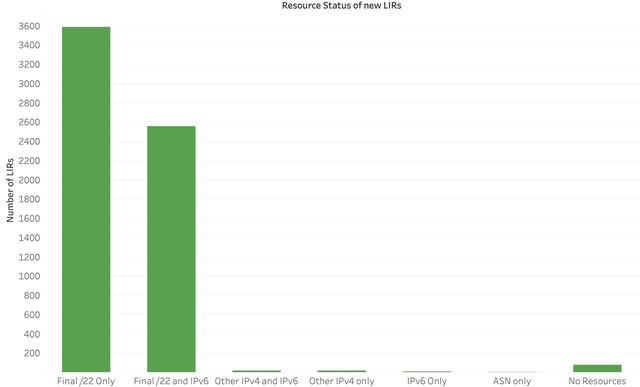
Figure 6: Resource status of LIRs activated after reaching the 20,000 mark
While a significant increase in organisations joining the RIPE NCC to get IPv6 addresses cannot be excluded in the future, the demand for now is low. This leaves three driving forces behind membership evolution in the next few years:
1. LIRs joining the waiting list for a /24 allocation from yet to be recovered address space
After an initial surge, this list will likely stabilise at a certain unknown level. Few organisations are likely to open an account and pay the annual fees when the prospect of receiving a /24 in the next year(s) is low. We also have to see how many organisations opt for this uncertainty, vs the perhaps faster route of getting a small block from the transfer market. A conservative estimate might be 500 new LIRs per year, corresponding to a modest 128,000 recovered IPs each year.
2. LIRs signing up to receive a transfer
Only LIRs are eligible to receive transferred allocations from other LIRs. New entrants that are now turning to the transfer market for IPv4 space will still require an LIR with the RIPE NCC to have the addresses registered correctly and properly. Given the scarcity and rising prices, it is not likely that the market can fill the yearly demand for thousands of IPv4 blocks that we have seen in recent years.
Looking at the statistics, we find that 1,700 unique LIRs have received a transfer in the last three years. Around 650 of these were opened after January 2016. Although many of them did receive a /22 allocation from the RIPE NCC, these organisations would have needed to open an LIR account if the RIPE NCC had run out of IPv4 years earlier. Unless the market dries up, it is not unreasonable to assume a baseline of ~200 LIRs per year opening in the next few years in order to receive transfers. Without the RIPE NCC as an easy source of /22 blocks, the actual number of organisations turning to the transfer market and opening an LIR to register the new resources may well be higher, but as we're entering new territory, it is hard to assess how many they will be at this point in time.
3. LIRs closing
Next to new LIRs opening, we also have existing LIRs closing. Since reaching 20,000 LIRs a year ago, 1,460 LIRs have been deactivated. A good part of this was natural attrition, members which went out of business or had their company merged with or acquired by another LIR. However, about one quarter of the closures involved additional LIR accounts from members who continue to have other active LIRs. Since IPv4 allocations can be transferred after two years, to another member or to the primary LIR account, there is no incentive for an organisation to hold on to all of its additional LIR accounts.
Looking into the future, the 5,200 LIRs that today are in addition to existing members' primary accounts, will have their final /22 allocation become eligible for transfer by the end of 2021. If we assume a natural attrition of 1,000 members from all age groups of 1,000 per year, we could be looking at 7,200 accounts closed between now and the start of 2022.
Adding all of these contributing factors together - the new LIRs which can still get (the equivalent of) a /22 over the next two months, the LIRs which could get a /24 from recovered allocations, the LIRs which will open to receive transferred address space, and the LIRs which might close - we could be looking at a net decrease of 4,500 LIRs by the start of 2022, bringing us back to the membership levels of last year.
For the longer term, uptake of IPv6 will be a crucial factor. When IPv4 is no longer a sought-after resource, both the transfer market and the waiting list for recovered allocations will cease to be a source of new LIRs. Everything will depend on the need of organisations to obtain IPv6 addresses directly from the RIPE NCC.
Conclusion
Continued demand for IPv4 addresses and our rapidly shrinking supply had caused LIR growth rates to surge to unprecedented levels. We reached the 25,000 LIR mark one year and one week after the 20,000 LIR milestone. At these rates, the remaining addresses in the available pool will have been allocated before the end of 2019, likely within the next two months. Although there are still factors that will see organisations open new LIRs after the available pool runs empty, we do expect a net decrease in LIRs over the next two years, possibly bringing the membership, in terms of the number of contributing accounts, back to the levels seen at the start of 2019.

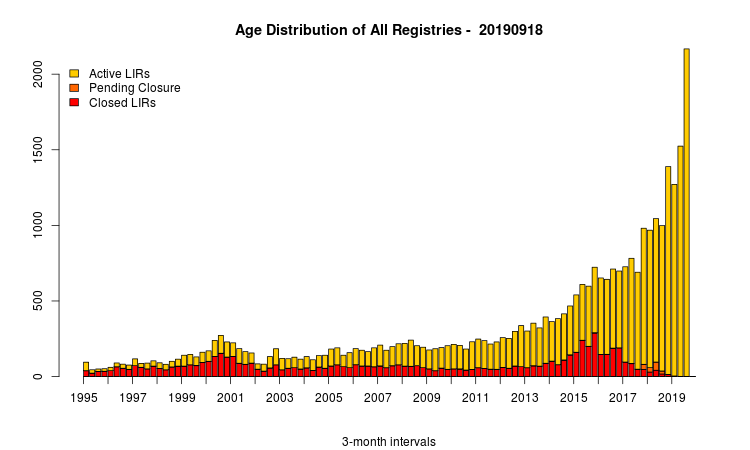
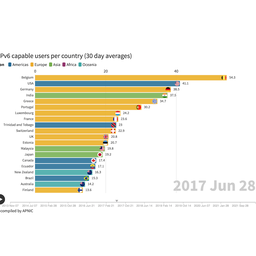

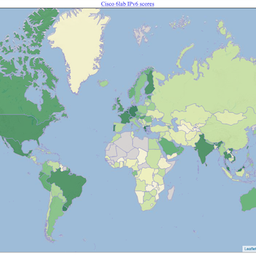
Comments 0
The comments section is closed for articles published more than a year ago. If you'd like to inform us of any issues, please contact us.